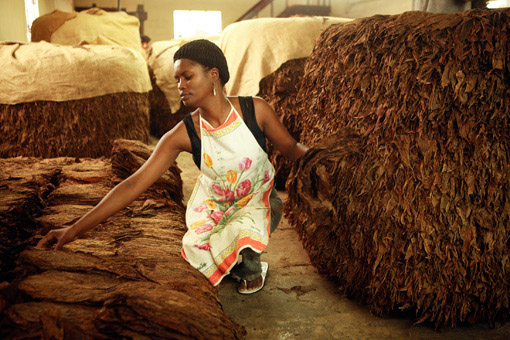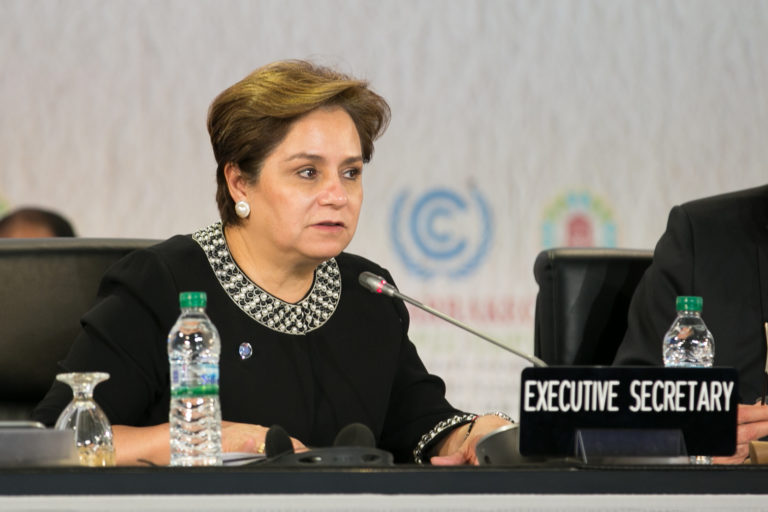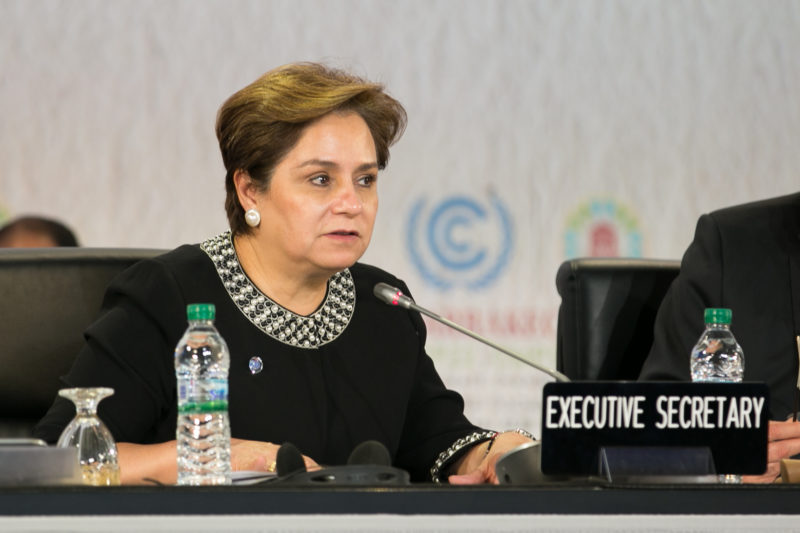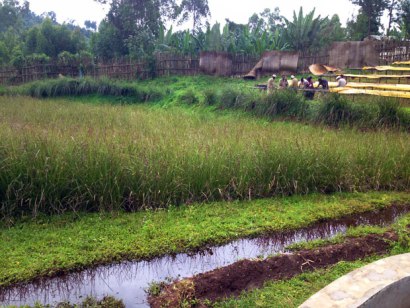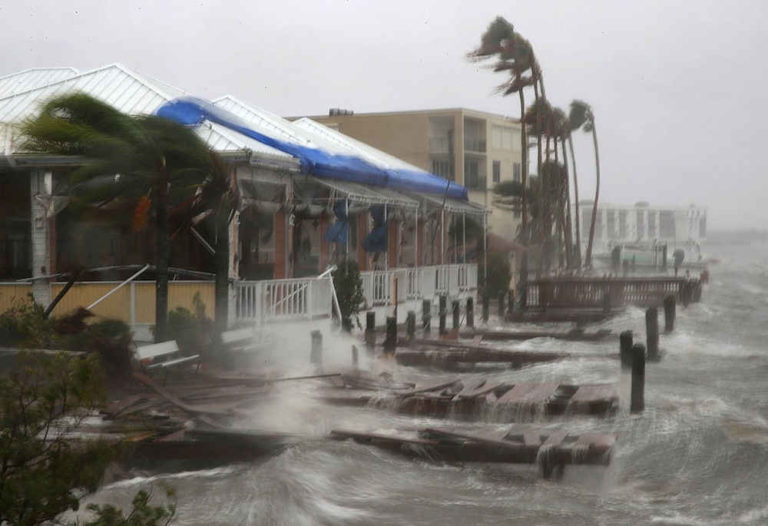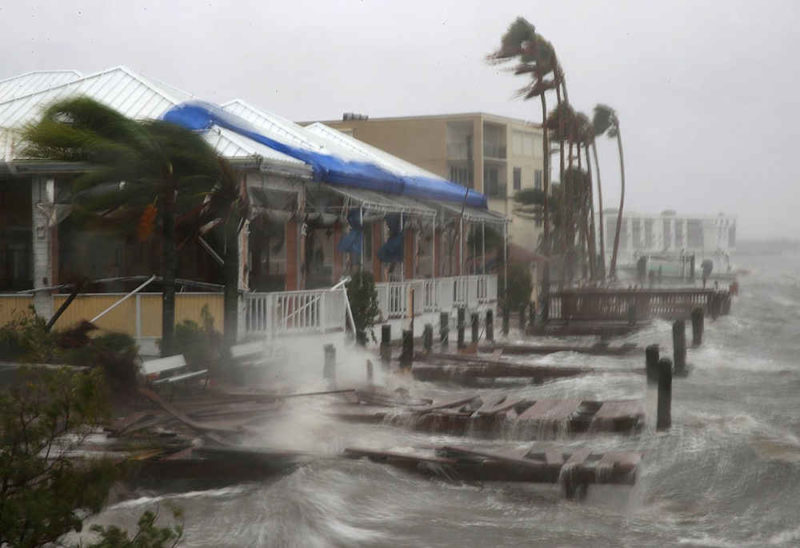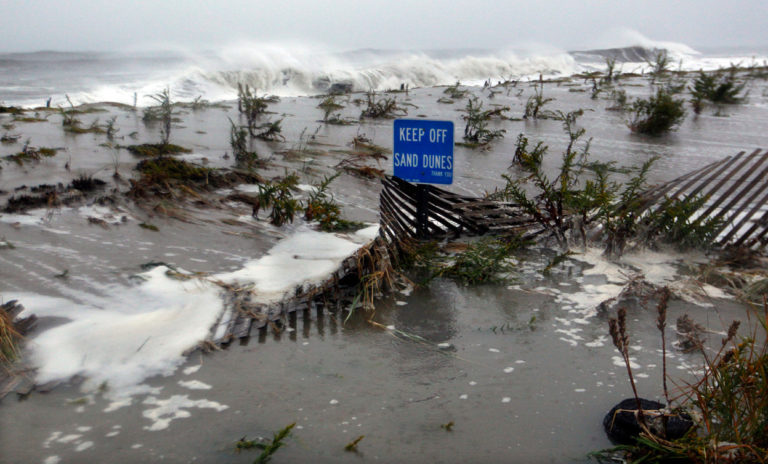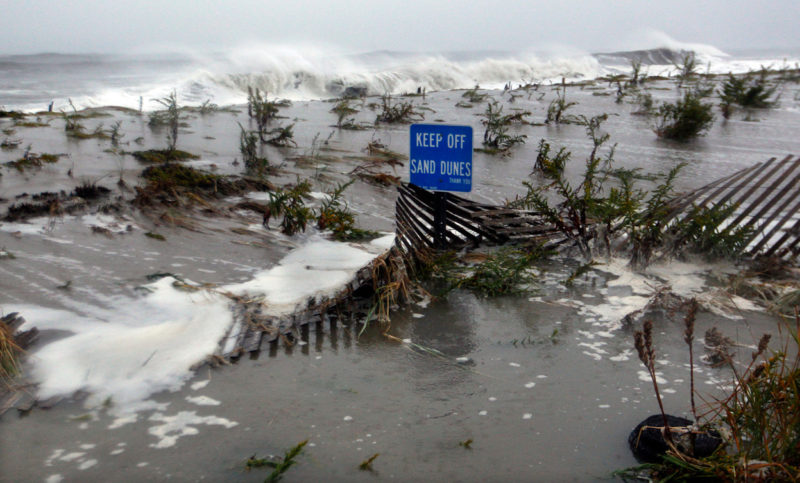The Third World, a musical group made up of adventurous Jamaica nationals, was on a musical tour of Lagos circa mid-1980s and, upon completion of the tour, the group waxed a record titled “Lagos Jump.” The lyric was in praise of the maximum enjoyment the group had in Lagos especially the warm disposition of Lagosians for clubbing and night scrawling….euphemism for having a “good time.” The record became a chartbuster in the western world especially in the United States of America. Pronto…the city of Lagos started to have an influx of fun loving tourists from all corners of the globe purposely to have a feel of the good time and hospitality that made the city popular in the early 1980s. Put in plainer delivery, Lagos became a global tourist attraction.
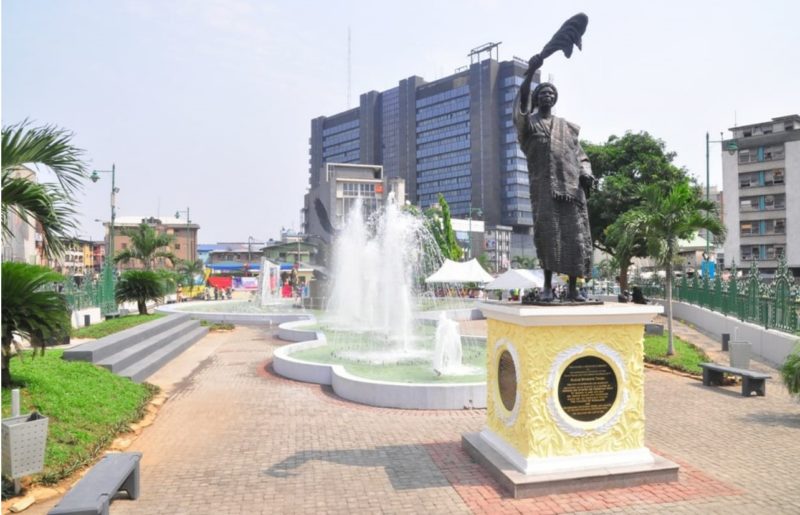
Lagos’ glorious years and allure for tourists were immense. The city had numerous hotspots/nightclubs in entertainment such as Kakadu, Caban Bamboo, Ariya, Miliki Spot, Paradiso, Faze 2, Koriko Bar, Palace Landing, and a long list of high grade restaurants such as Cathy, Phoenician and notable hotels such as Bristol Hotel, Federal Palace, Mainland Hotel, Ritz Hotel, Airport Hotel and Eko Hotel; including the Lagos Bar Beach which was a crowd puller for both foreign and local tourists and picnickers.
Central Lagos has a well-defined Central Business District (CBD). Linear arranged textiles shops, flourishing traditional markets, office complexes, organised retail stores such as the Kingsway, UTC, Challaram, Kwallaram, Esquire, Flower Shop, Bijou, Domino, Bata and Leonards shoe retailers and a high concentration of foreign airline offices along Martins Street. The Broad Street was a tourist delight coupled with Tinubu Square which was home to many tourist attractions. The most famous among which was the public water fountain donated to Nigeria in 1960 by the Lebanese community to mark the country’s independence. The mega water fountain was the cynosure of public eyes and a “must-see” for first-time visitors to Lagos.
The same superlative story could be told of the network of good roads with pedestrian walkways, the well-lit streets, and landscaping of public spaces. There were trees planted along the Marina with pockets of flower gardens. Municipal buses were ubiquitous with cheap fares. The buses operated late into the night, traversing the nooks and crannies of Lagos metropolis during the period under review. Seldom was there any report of an armed robbery, while such thing as street urchins was an anathema. People move freely both in the day and night without the fear of being molested. Security of city dwellers was guaranteed.
Trading activities were booming and the city council government was responsive and accountable. It provided uninterrupted social amenities.“Keep Lagos Clean” was the slogan adopted by the municipal government to discourage environmental abuse by the city residents. Frequently played as jingles on local radio stations, the mantra reminded Lagosians of their civic responsibilities in keeping their environment clean and not to indulge in the bad habit of throwing litters in the open. Public toilets were built in strategic locations in the city and the facilities were regularly maintained by attendants employed by the city council. Defecation in the open public was uncommon and a punishable offence when caught in the act. The city maintained a very reasonable level of public hygiene.
All of the above factors combined put Lagos in good stead and laid a good foundation for tourism to flourish in the city including cross-border trading from Senegal to the far corner of the Cameroon. This period of grace and buoyancy lasted for a couple of years and the Lagos State government reaped a bountiful harvest in revenue generation both from tourism and the boom of the urban economy of the sixties to the eighties.
The decline of tourism in Lagos was attributed to urbcide. The death of tourism in the city was caused by maladministration, unmanaged urbanisation, planlessness and neglect by its residents. The rot started in the early nineties when the city experienced very rapid population growth beyond the management capacity of the municipal government. Massive internal migration from the rural hinterlands all over Nigeria and external migration from other West African countries accounted for a higher percentage of the spike in population increase. Gradually, things started falling apart. The streets became congested with vehicles causing daily traffic hold-up. The provision of basic services was no more regular. The public water taps suddenly went dry.
Security became a problem while social miscreants derisively called “area boys” appeared on the scene and started harassing innocent citizens walking on the streets of Lagos soliciting for money. Many of the street urchins took to armed robbery and injected fear into those who normally go out at night for club entertainment or social party. Consequently, nightlife died a natural death because there was a drastic reduction of clientele at the various fun spots and night clubs. Businesses were losing money and folding up in trickles. The reversal of fortunes of the city, its notorious traffic, and insecurity was all it took to trigger the rapid decline in the tourism industry, most especially among the hotels and other hospitality ventures. The popular water fountain at Tinubu Square was a victim of the decline. It stopped functioning. The beautiful surrounding was abused and turned into refuse dump causing an embarrassing environmental challenge to the municipal government and a bad image for the city.
Many prospective tourists did not want to come again to a city with so many bad tales and negative publicity and fewer places of attractions to visit and relax. Lagos gradually lost its allure of tourist destination city on the African continent. Eventually, that was the end of the road for “active tourism” as a foreign exchange earner for Lagos and by extension Nigeria.
The above exposition and reminiscences are to cast back the minds of readers old enough to know about Lagos of yester-years and to essentially acquaint the younger ones about the city’s past glory. And that Lagos, (Eko wenjele) a local parlance used to depict merriment in the city was an Eldorado in its heydays.
It is innovation that enlivens the city. A CNN TV documentary titled Why Cities Matter pointed out that “the heart of urban (planning) innovation is a desire to improve the quality of life and economic opportunities for the people living in cities.” In line with this statement, city governments all over the world are in stiff competition to promote the uniqueness of their cities to outsiders in order to have a larger slice of the “tourism pie.” This is where innovation becomes crucial. It starts from creative ideas to excel in public transportation such as the Bus Rapid Transit (BRT) and glass tube bus shelters which made the city of Curitiba in Brazil very popular worldwide. The tube-shaped bus shelter made of glass material was introduced as public furniture out of innovation and it was the tool used in drawing tourists to that city till date. The bullet trains in Tokyo, Japan put that city in the limelight of world tourism as far back as half a century ago.The Silicon Valley in the San Francisco Bay Area of California in the United States is a hub of ICT and global technology companies, which attracts millions of tourists to the area annually. Some cities use creative/historical landmarks, monuments, and cultural heritage as charms to promote tourism. Others cities build state-of-the-art conference centres for business exhibitions, and sophisticated sporting arena to attract global sporting events such the World Cup, the Olympic and World Tennis competitions.
In the league of cities that use art, amusement parks, architecture as attractions to promote tourism is Chicago famously known as the Windy City. It is popular for its distinct theater district, the grandiose Millennium Park, Navy Pier, and a spectacular sculpture named The Bean. It has a dominant long stretch of shopping corridor known as the Magnificent Mile which tourists flock in millions for shopping. For beach lovers, Chicago has a 25-mile long sandy beach abutting Lake Michigan one of the five Great Lakes of North America. The beach is combined with a park for relaxation and a trail route for cycling and walking to facilitate daily exercise. There are cosmopolitan cities with rich cultures which they have used to their advantage to promote tourism. New York City is better known as the capital city of the world. The megacity is the most visited urban centre by foreign tourists coming to the United States. It is home to an endless list of interesting places, which are irresistible to tourists from all corners of the globe.
What this affirms is that a city cannot climb higher on the “tourism ladder” or command high visibility if it has nothing to showcase, nothing to attract and nothing that would create experiences and reminiscences for tourists about the city. We now dovetail this expose on the impact of the new face of Tinubu Square.
The Lagos State Government is staging a come back to boost tourism. The current administration is mindful of the potentials of tourism in creating employment and its high-yield revenue capability. It is against this background that the wholesale renovation of the once derelict; but historically important Tinubu Square is a good reason for Lagosians to give Governor Akinwunmi Amode a standing ovation. The Lagos State Government has come to the realisation that without making valiant efforts to develop and sell its niche tourism areas and bring specific innovation into the fold, it would be a dent on the status and recognition of Lagos as a megacity. The city can never appear on the radar of world tourism.
The plan to revamp Tinubu Square and the actual completion of the project followed by its commission on Friday, January 27, 2017, was a “big plus” for the reputation of the current administration in Lagos State. The Tinubu Arcade has a rich history as a melting point for the indigenous Lagosians, the Brazilian descendants and the British colonialists dating back to the 1800s. From written account, Tinubu Square’s towering importance was because of its antecedence as the economic heartbeat of Lagos harbouring a collection of government buildings, an elaborate terminus for public transportation, and unique architectural edifices owned by wealthy local merchants and business tycoons among whom was an amazon popularly and affectionately called Madam Efunporoye Tinubu after whom the square was appropriately named. For reason of limited space, this writer cannot adequately profile her life and times in this piece.
The attraction of Tinubu Square reached a peak when a giant water fountain was constructed at the centre of the square to mark Nigeria’s independence in 1960. Instantly, the landmark became a mecca for visitors. On a daily basis, mammoth crowd visited the site eager to have a glimpse of the artistic man-made waterfall. The Square remained a leading tourist spot until the eighties and thereafter its popularity began to pale into oblivion due to lack of maintenance and official neglect.
Governor Amode walks his talk. The comprehensive and sophisticated transformation of Tinubu Square by the present administration was an indication of good governance. There are widespread nostalgic feelings among Lagosians about the new development of the historic public space and economically, it has reopened new opportunity to promote tourism in Lagos. Its past popularity as an iconic landmark has been revived and the positive effects are already being felt in so many ways. The Arcade was adorned with colourful neon and bright electric lights thereby enhancing the security of the hood at night unlike in the past when it was possible for night marauders to lurk in the dark and terrorise innocent people walking on the road sidewalks. Some schools have started bringing their wards to the site for excursion and those who read or heard about the facelift have started visiting the site to confirm the report, savour the beautiful ambience and take pictures to keep as mementos.
The erection of the statues of Madam Tinubu and that of the legendary and visually impaired street entertainer drummer Kokoro has important values to those who want to know about these two historic personalities. The miniature botanical garden replete with different species of flowers was a well-conceived idea. It could serve as a scenic background for photography, and very soon the crowd of local visitors and external tourists would begin to troupe to Tinubu Square at the rate of intensity similar to what obtained 40 years ago. That would herald a new dawn and revival of tourism in the megacity.
By Yacoob Abiodun (Urban Planner, Planning Advocate; Parkview Estate, Ikoyi, Lagos)



